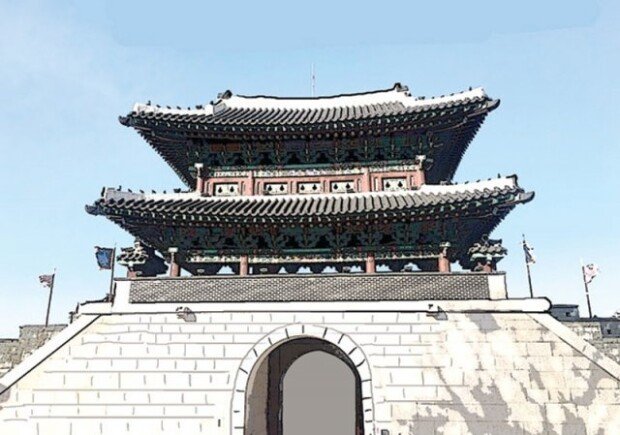Excessive bureaucracy and the tragedy of Jinju Castle
Excessive bureaucracy and the tragedy of Jinju Castle
Posted February. 22, 2022 07:46,
Updated February. 22, 2022 07:46

“No Jeolla, no Joseon.” Adm. Lee Sun-sin famously said. In fact, the successful defense of the Jeolla region was crucial for Joseon to survive the invasion from Japan in 1592. Typically, the battles of Hansan, Jinju Castle, and Haengju are considered as the three major battles from the Japanese invasion, but even Gwon Yul, the hero of the Battle of Haengju, said that the Battle of Ichi bears much more significance than his fight. Replace Haengju, with Ichi, then you get three massive battles that all stopped the Japanese armies from marching down to Jeolla.
Japan’s invasion of Jeolla had been predicted by the Joseon government. Joseon was preparing yet another defense point on land, which was Jinju Castle. The south of the castle is sealed off by the Nam River and a fluvial terrace. The west adjoins a steep cliff of rock. This leaves the north and the east relatively attackable, but the two sides had massive moats surrounding them. It is not easy to dig up a moat in Korea for geographical reasons, but Jinju Castle was different.
The only drawback was the sheer size of the castle, which was too small. The only possible side for extension was east. So, Joseon extended the wall to the east side, which turned out to be such a crucial mistake. The extension work only had the effect of sapping the moat, leaving the east vulnerable. In the first battle of Jinju Castle, Joseon barely managed to win, but in the second battle, the extension in the east eventually caused trouble. Joseon reworked the castle only after the second battle, but it had no chance for another battle afterwards.
It makes us wonder; why on earth did they make such ludicrous decisions? Possible answers should be found in the decisions made in armchair arguments and empty bureaucracy. Recruit more troops to boost defense, and extend your castle to house them. It appears to be a simple equation. The structural degradation of the castle is not expressed in numbers, but the time, resources, and manpower required to beef it up can be calculated numerically. The commander executed the mission on paper within a given span of time. The government also did the best on its part. How come it was not enough? If the commander had pointed out problems with the order, he would’ve had to venture into an unwelcome project and face consequences afterwards. Such rigid bureaucracy is still permeating our lives. People call for a government that is fair and square, but it often goes unnoticed by the majority of people that the big government poses a real threat. Excess is always harmful.







